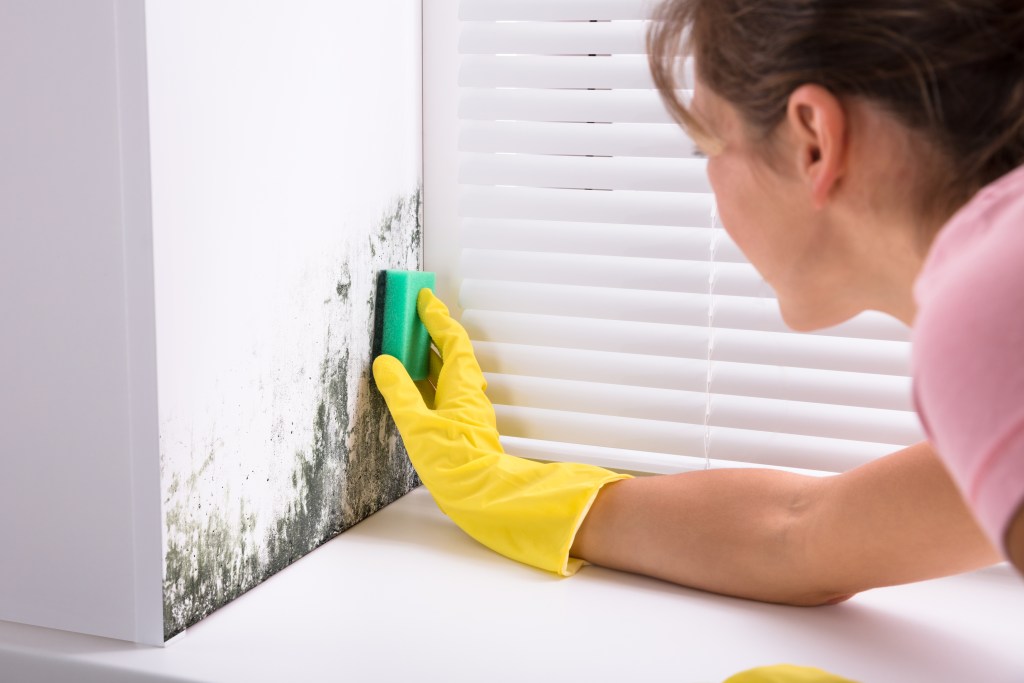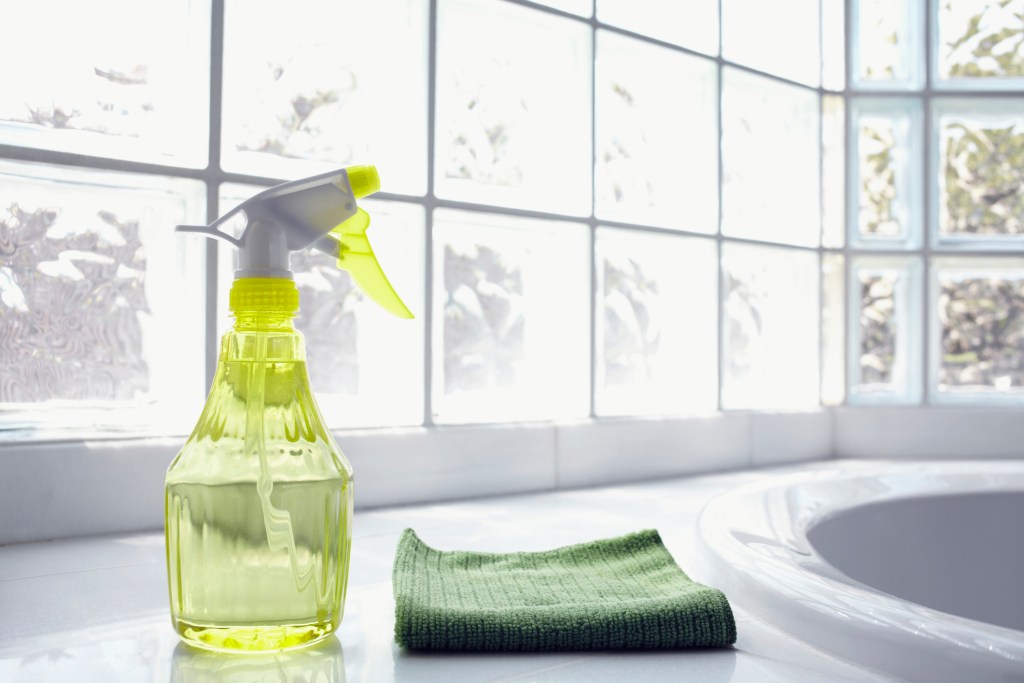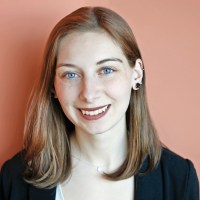A homeowner’s worst nightmare is quite possibly finding black mold creeping from their walls or ceilings. The gross-looking substance is not only unsightly, but it can also damage your home and do long-lasting harm to your health. But how can you tell between mildew vs. mold? And how do you remove these unwanted growths in your home?
Though black mold and mildew have many similarities, they are actually quite different in their appearance and how they need to be dealt with. If you suspect you have either black mold or mildew in your home, don’t panic — we’re here to explain which is which and how to get rid of it.

Mildew vs. mold
Mildew and black mold are both types of fungi that can grow indoors under the same types of conditions: dark and damp. That’s why it’s smart to check for them in your basement, especially if there’s been flooding. These substances can also pop up near showers and appliances like refrigerators.
Though the causes of mildew and black mold are similar, they look very different and have different impacts on people. Mildew often causes much less harm to human health than black mold, but both should be removed.
Mildew
- Flat and powdery
- Light colored (white, gray, light brown)
- Can cause respiratory issues, headaches, or sinus congestion
Black mold
- Bumpy and fuzzy
- Dark colored (black, green, red sometimes mistaken for dirt)
- Can cause headaches, skin irritation, and respiratory issues, including chest tightness, shortness of breath, or lung infections

How to remove black mold vs. mildew
You can remove mildew on your own, while species like black mold may require a professional because it's much more dangerous. It could potentially lead to black mold poisoning. Here are some tips for taking care of both.

Find the moisture source
Step 1: Once you find the spot you want to clean, determine whether it is black mold or mildew. If you’re sure it’s mildew, continue on.
Step 2: If it’s black mold, you’ll want to get a mold test kit and find out if there are any other black mold spots in your home. This is why we recommend hiring a professional for black mold inspection and removal.

Protect yourself and the area
Step 1: Put on your safety goggles, gloves, and respiratory filter.
Step 2: Wear clothes that completely cover your body.
Step 3: Prepare the area by closing doors and windows and sealing off any openings to other rooms or outdoors.

Treat the area
Step 1: Combine one part baking soda with five parts vinegar and five parts water in a spray bottle.
Step 2: Spray the mold or mildew and let it sit for about 30 minutes to an hour.
Step 3: Scrub the area with water and a sponge. Repeat this until it is removed. Be sure to use new water and new sponges each time.
Step 4: Let it dry for about 48 hours.
Step 5: Clean up the area to ensure no debris gets out of the room.

Does bleach kill mildew and mold?
Yes, bleach can kill mildew and mold on non-porous surfaces like tiles and glass. Its powerful disinfectant properties break down mold spores, eliminating them effectively. However, bleach is less effective on porous materials like wood or drywall, where mold roots can penetrate deeply. In these cases, mold may reappear after a short period.
Additionally, while bleach kills surface mold, it does not prevent future growth. For long-term solutions, consider using mold-resistant products or addressing underlying moisture issues. Always use bleach in a well-ventilated area and follow safety guidelines to avoid harmful exposure.
Determining that you have mildew or black mold in your home can be a drag, but knowing how to tell the difference and how each can be removed is key. Follow these steps and remember to control excess moisture in your home to prevent mildew and black mold from forming.




